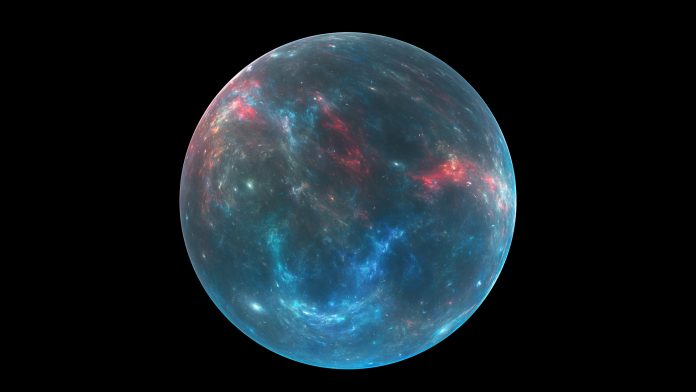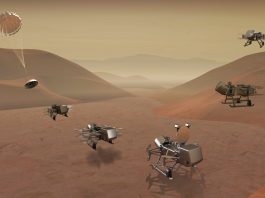Scientists from the University of Exeter have suggested that the presence of airborne dust on planets could expand the range of their stars’ ‘habitable zone’, increasing the likelihood of life.
The research team believe that increased atmospheric dust could allow life to occur on planets outside of the ‘habitable zone’. In a recent paper, published in Nature Communications, the team state that the presence of airborne dust causes three key effects.
Dr Ian Boutle, lead author of the study, from the Met Office and the University of Exeter, said: “On Earth and Mars, dust storms have both cooling and warming effects on the surface, with the cooling effect typically winning out. But these ‘synchronised orbit’ planets are very different. Here, the dark sides of these planets are in perpetual night, and the warming effect wins out, whereas on the day side, the cooling effect wins out. The effect is to moderate the temperature extremes, thus making the planet more habitable.”
Widening the `habitable zone’
The ‘habitable zone’ or ‘goldilocks zone’ refers to the range of distances from the star where surface water could exist. The researchers found that dust cools down the hotter day side but also warms the night side of some planets, potentially moderating temperatures to levels at which life can exist. Cooling by airborne dust could play a significant role at the inner edge of this habitable zone, where it gets so hot that planets might lose their surface water and become inhabitable, a scenario thought to have occurred on Venus.
This new study suggests that the presence of dust must be accounted for in the search for key biomarkers indicative of life – such as the presence of methane – as it can obscure their signatures as observed by astronomers.
The research team also suggest that the presence of mineral dust could play a substantial role in climate. Researcher performed a series of simulations of terrestrial or Earth-sized exoplanets, using state-of-the-art climate models, and showed for the first time that naturally occurring mineral dust will have a significant impact on whether exoplanets can support life.









